Over the years, a plethora of additive products have come and gone in our industry. One thing in particular that always stood out to me, and which countless numbers of hobbyists have claimed huge success with, is the use of amino acids in our aquariums.
Here is a video that I made years ago with Julian of Two Little Fishies, on his version of amino acid in Acropower. As you can see from the video, he feels that he really undersold the product by naming it Acropower since it noticeably affected all the corals in the tank during his experiments:
Anecdotal but reliable experiment and testimonial by proven SPS guru and personal friend, Reinaldo Riveron of Pirate’s Reef in South Florida:
While searching the various forums and social media platforms, I came across many questions and many myths surrounding this topic. To get some answers, I reached out to a few respected industry professionals who have done extensive research before bringing these products to the market.
First, as mentioned previously, Julian Sprung of Two Little Fishies who utilized aminos as well as other ingredients to create the wildly popular Acropower.
Second, Francois Nollet of ELOS America. ELOS was one of the first companies to put out a product including omega acids.
Third is Will Harris of Quantum USA. This Australian company has launched their USA division and has been making large waves on this side of the world and they have an solid product with aminos called Bio-Enhance.
With their help, let’s get down to business and find out more about amino acids. We’ll go through some myths and share some insights about their experiments.
(Me in black , Julian in blue, Francois in green, Will in red.)
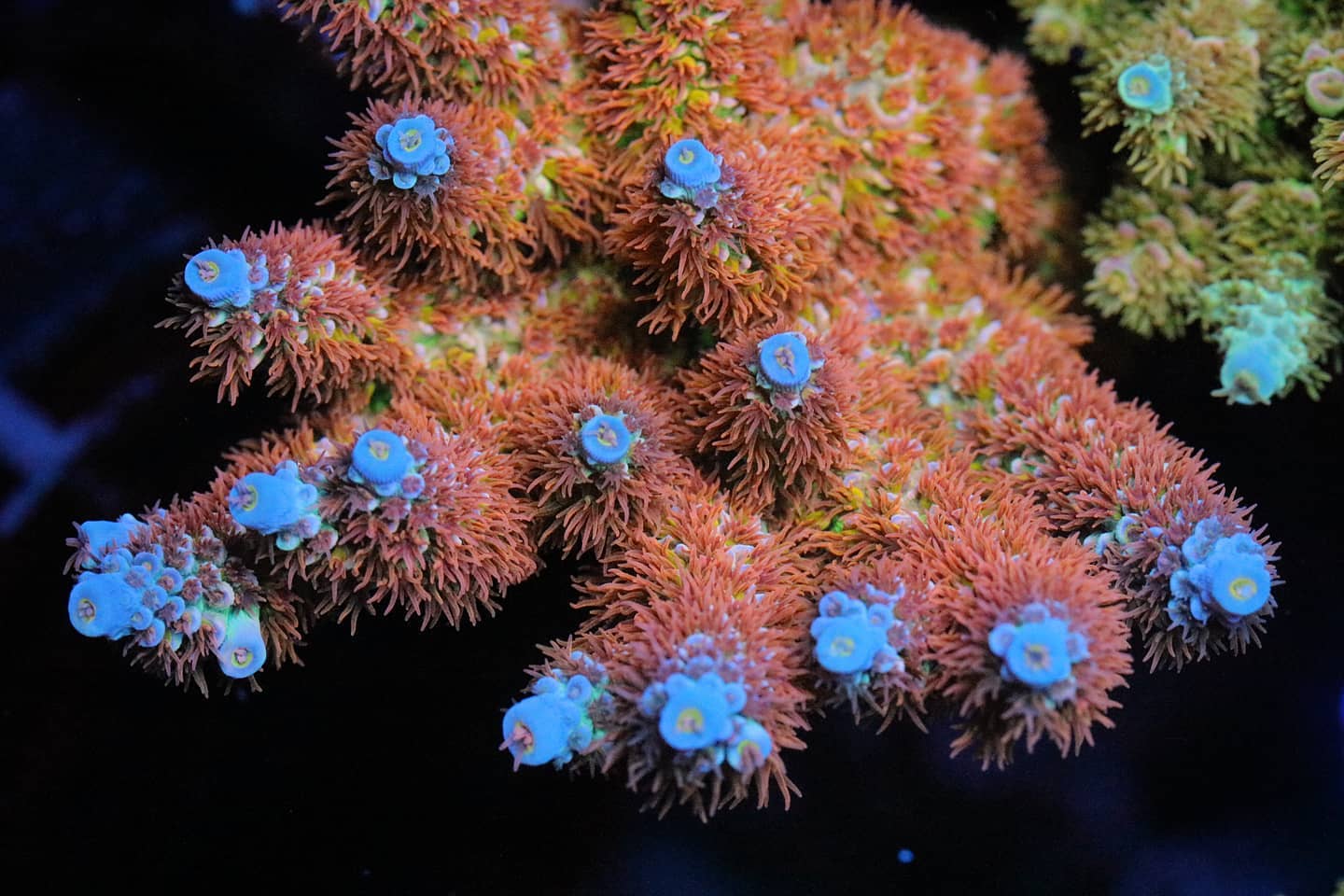 There are many types of amino acids out there. From your research, how do amino acids affect corals? (Anything that you can share in detail? What types of aminos are being used and why?)
There are many types of amino acids out there. From your research, how do amino acids affect corals? (Anything that you can share in detail? What types of aminos are being used and why?)
Well it’s not going to be possible to go into the strict details specific to our Omega product, but we use a protein complex based on amino acids.
Amino acids have the particularity of being directly assimilated by the coral tissues due to the proteins in the product. So we use proteins that will make the coral more receptive and that will make it better assimilate the nutrients that will be brought by the reef keeper into the aquarium.
We have been conducting research into amino acids for over 8 years with the launch of the predecessor to Bio-Enhance – our original amino acid supplement. We found that it is not merely having the presence of all essential amino acids that causes a positive response, it was in fact having them in ratios fit for all types of corals. By focusing on the mixed reef, and addressing all types of coral, we have found that there is a unique balancing act to providing an all in one supplement which caters to all types of coral without overdosing on particular nutrients which hinder the uptake of other needed ones. While we cannot reveal our secrets, we will say that it is not only amino acids that are required for coral health, but rather a combination of Proteins, Amino Acids, Fatty Acids, Carbohydrates, and Vitamins. We have found that by providing a full spectrum supplement allows for greater polyp extension, higher growth rates and increased coloration in all reef aquariums, as well as the reduction in alk burn tips in SPS aquariums.
How do corals absorb the amino acids? Does it only ingest it via polyps or through their mouths, or does it get absorbed through skin tissue as well?
Amino acids have the particularity of being directly assimilated by the coral tissues due to the proteins in the product, though there are some variations, depending on the species.
Unlike what happens in a closed system, in natural waters, corals benefit from the presence of zooxantaellae and plankton (either bacterial plankton, micro plankton, or “large” plankton) that offer them nourishment to live and grow. Some “modern”reef keeping systems intentionally reduce the presence of organic nourishment and impair the activity/presence of Zooxantaellae, thus taking the life of corals to a delicate and precarious equilibrium.
Corals can absorb amino acids and other nutrients through the water column, due to the incredible biodiversity of corals, meaning that there is an array of possible ways the coral can consume them. On top of this, zooxanthellae can also absorb amino acids as a source of nitrogen, which can be used to create biomolecules which get transferred to the coral and used for growth.
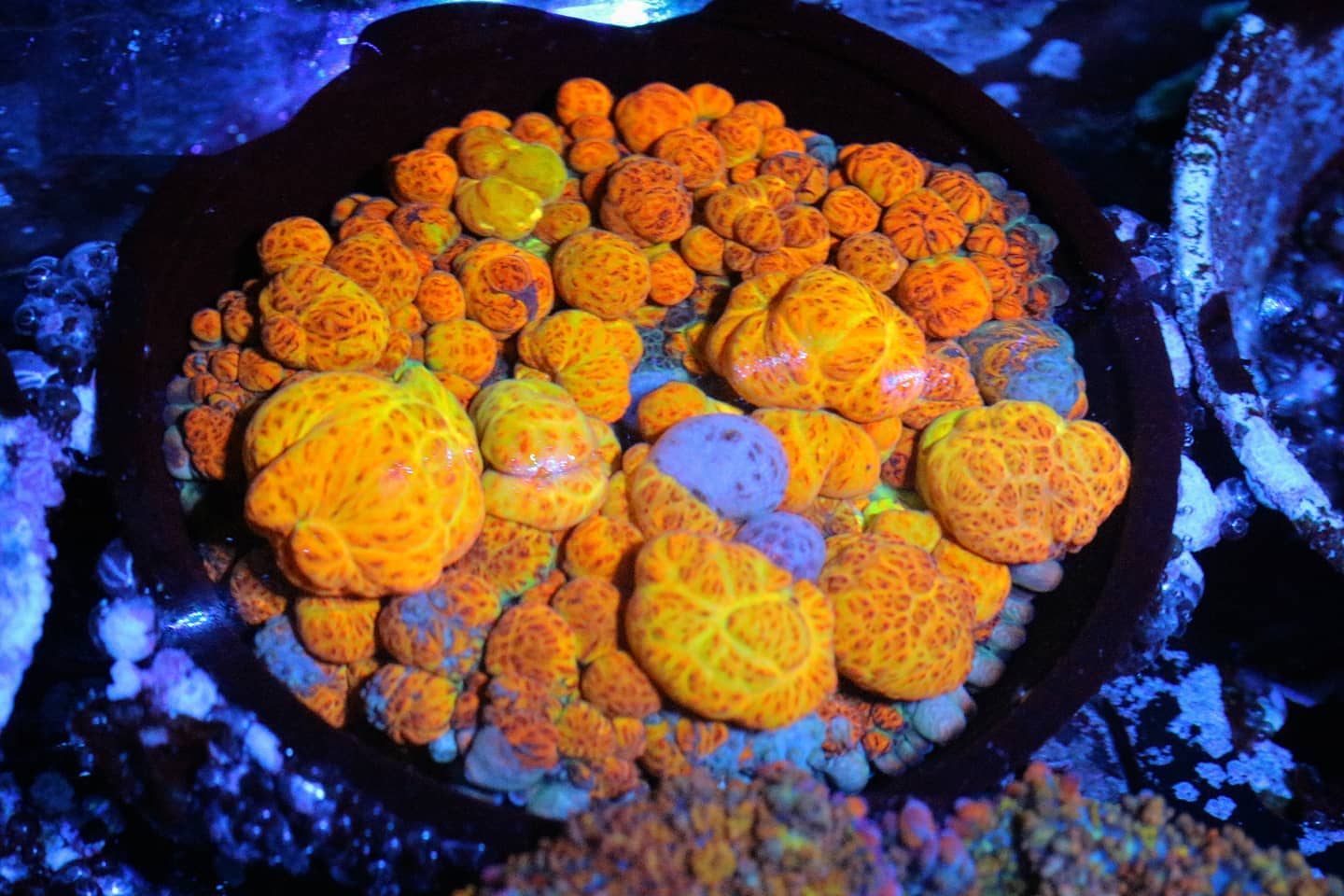
Here are some myths that are floating around the web.
It will make corals extend their polyps making them ingest the food better.
This is true of some (but not all) amino acids
True. Think of polyps as nets; causing a coral to extend its polyps increases the chances of capturing solid foods. This phenomenon is due to the fact that when polyps come out, there is an increase of surface area which creates a favorable probability that a piece of food is captured by the coral. As the coral ingests more food, its growth rate increases. We believe that when dosing supplements such as Bio-Enhance, it is the ‘smell’ that gets the coral interested, while our new coral food (which is currently being formulated) is the main course.
It can affect how corals color up.
This is true of some (but not all) amino acids
True, corals use trace elements found in high quality salts, as well as trace elements such as Bio-Gen, Bio-Kalium, and Bio-Metals alongside amino acids and other biomolecules help to create chromoproteins. The creation of these molecules require energy; while most brands only offer amino acids, we have a full spectrum supplement which provides energy in the form of carbohydrates as well as vitamins, fatty acids, and protein which helps to increase coral color. An often-overlooked molecule is fatty acids; while having coral color is great, it only takes one major swing for corals to become shocked, causing a zooxanthellae overpopulation and then a browning of coral. It has been found that fats are essential in providing reserves for corals to remain healthy in times of stress, which can help prevent coral browning and death.
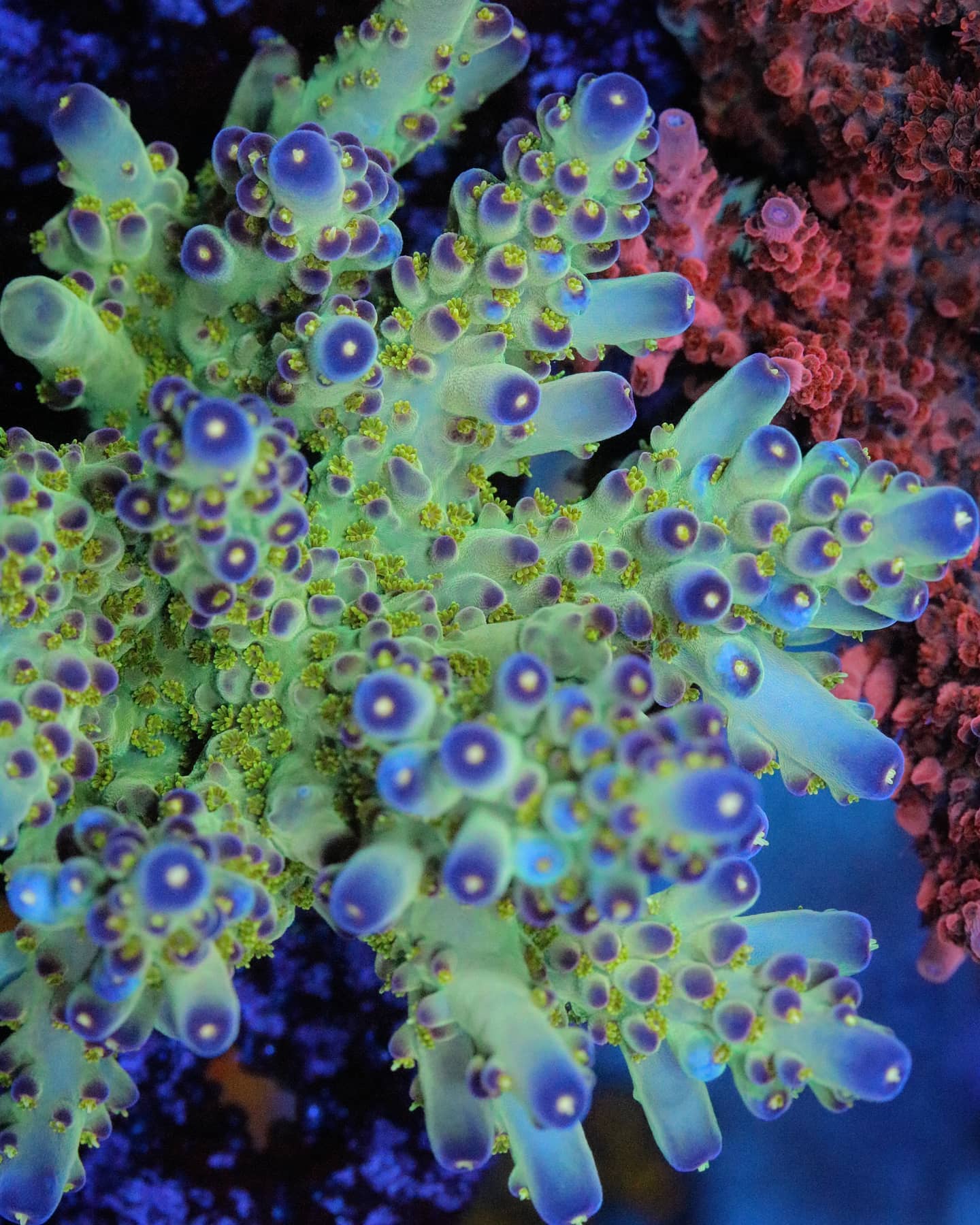 It makes corals grow at a faster pace.
It makes corals grow at a faster pace.
This is true of many (but not all) amino acids
(Answering all three things)
1. It’s true, but you have to understand why.
2. In my opinion, it all depends on closed systems and different aquariums.
3. An aquarium that does not have a very low level of nutrients will not see the positive effects of adding amino acids, because the first effect of aminos is to bring nutrients and proteins directly to the corals, but if the tank already contains high tau of nutrients then the effect will be to make the coral browner, because it will also accelerate the growth of zooxanthellae which are a unicellularian algae brown color base.
In an aquarium with very low nutrient levels, corals become pastel because they expel a large part of the zooxanthellae and have a very low amount of nutrients available to their tissues.
The result is a very light coloring, even white, and this results from the fact that we skim and illuminate in a very important way and oxidize the nutrients in a very important way.
It’s all about controlling nutrient levels in the aquarium and providing protein.
True. Amino acids are the building blocks of tissue; supplementing pure forms of them in needed ratios allows the coral to build more tissue hence an increase in the rate of growth. Often aquariums are run so low in nutrients that corals don’t grow and are subjected to RTN when parameters have a swing. We believe that it is necessary to keep unwanted nutrients such as nitrate & phosphate low, while supplementing wanted nutrients such as Amino Acids, Protein, Fatty Acids, Carbohydrates, and Vitamins.
It causes cyano bacteria.
This is true only when amino acids are overdosed. It is a sign to reduce the dosage amount or the frequency. In general, corals rapidly assimilate amino acids from the water. If there is too much available, then that leaves enough floating around to feed cyanobacteria.
True with some brands. The reason why some brands can cause cyanobacteria is due to the lower quality raw ingredients used. In our tests, we found that lower grades of raw ingredients became so heavily concentrated in phosphate that the solutions had to be diluted at large ratios in order to gain a readable measurement.
It causes nutrient spikes.
In general, this is not true because the amino acids are assimilated and not converted to ammonia and nitrate. With excess they could potentially spike dissolved inorganic nitrogen levels, but generally that does not happen.
True, if the quality and bioavailability is low, and if there are impurities present, it can lead to nutrient spikes. However, in a well formulated product the nutrients are wanted, bioavailable, and used up before they can be skimmed out or break down due to bacteria and released as nutrients.
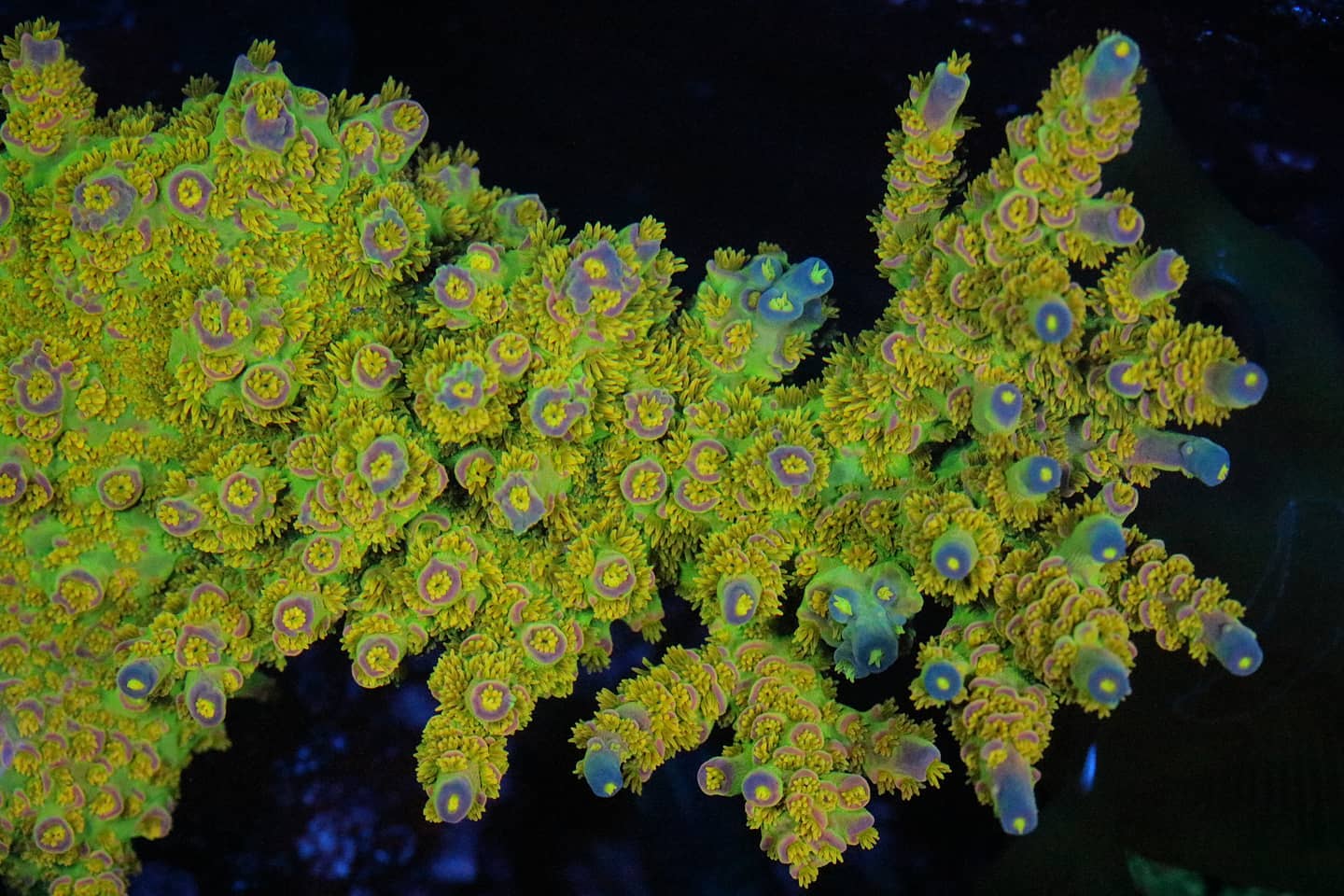
You can easily overdose it and it can cause crashes.
Not from what I’ve seen.
(addressing the previous three questions)
1. This is true of course, exactly the same way as the previous answers.
2. We can have, depending on the brands on the market, all these types of results by bringing amino acid supplements into an aquarium.
3. Of course it is possible to overdose aminos; we advise that if you see a browning of the corals, a 15 day stop will be enough to get back to the level of colors that we find desirable.
Partly true, if the quality of the product is low, it will cause a nutrient spike which can cause a cycle of the aquarium and a possible wipe out. In our tests, Bio-Enhance did not cause negative effects at 10x max dose daily for a period of 6 months. One particular enthusiast decided to add 10,000x the maximum dose by soaking a very sensitive SPS frag in a solution of Enhance. To all of our amazement the coral not only did not die, it actually thrived. Although we always recommend following product instructions, we had to make sure the product was safe. No corals were harmed in our overdosing tests.
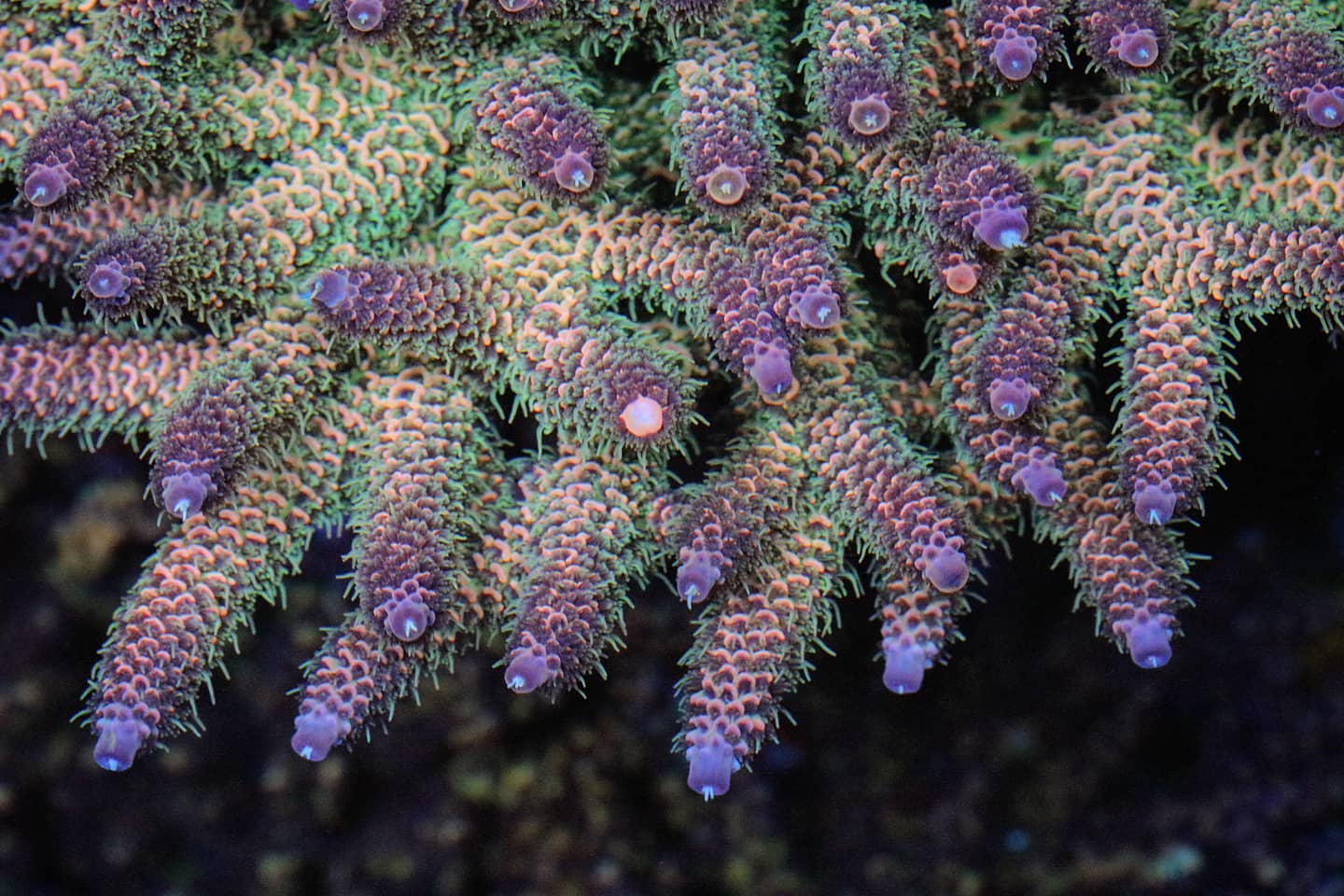
It gets skimmed out too easily making it not very cost effective.
Skimmers are not particularly good at skimming dissolved free amino acids.
For all the aquariums with over skimming, it is true that there will be some loss of the product.
This can be true if the product is ridiculously priced with low bioavailability. The key to achieving high cost effectiveness is for the product to have excellent bioavailability. In my studies at the University of Sydney, I took a subject called ‘Agricultural Chemistry’ – in a case study, farmers were feeding cows a high iron diet, yet their meat contained low concentrations of iron. It was found that although technically iron was being fed, it was not in a form that was bioavailable. A product must be not only full spectrum, but also extremely bioavailable.
Can you put this on a doser? How long does it last at room temperature once opened?
Yes you can. There is some risk of the solution becoming fouled by yeasts or other microbes, but that’s not very common.
For our Omega amino acid product, we don’t recommend doing that. First, it is very concentrated. It is more efficient to dose it manually. Second, the product contains proteins and vitamins, so it is better to keep it cool once opened. Most importantly, never let it come in contact with aquarium water, which will pollute the product and make it unusable.
Is there a suitable time to dose aminos?
You can dose them any time, but the scientific literature about corals and amino acids suggests that they are assimilated mostly during the day when the corals are illuminated and the zooxanthellae are photosynthesizing.
We recommend using them 15 to 20 minutes before feeding your aquarium, because the visible results are an opening of the polyps and a better palatability of the food brought to the corals or fish.
The best way to dose any supplement is to calculate the total daily dosage then break it down into smaller amounts to be dosed throughout the day using a dosing pump. For example, if 4 mL is required per day, then dosing 1 mL every 6 hours is the preferred dose instead of the entire 4 mL at once.

Anything that we should watch out for?
Covid-19. Be careful out there.
Check the levels of nutrients PO4 and NO3 , which must not increase too much depending on the quality of the products.
ELOS does not use any Polyphosphates for conservation, therefore does not bring any into the water.
Also check the coloring of the corals, if they are pale, there is a lack of amino acids, if they are dark and brown, there are too many.
If there are underlying nutrient issues present such as nitrate or phosphate, then a careful eye on the aquarium is recommended, as well as dosing nutrient removing products, conducting extra water changes, and keeping carbon fresh. We are in the process of launching our powdered coral food, it has Bio-Enhance already mixed in and is very fairly priced, it may sound a little too good to be true, but we cannot wait to launch it.
What kind of result is expected from using amino acid?
Main things to expect are increase in fluorescent colors of the corals, increased tissue and polyp expansion, and increased growth of the coral.
What we have to expect is that the corals will be healthier and will show their true colors.
Nothing is magic, everything must be natural and meet a need, we don’t add aminos just because the seller advises it, we study aquariums before.
We have been supplying Omegas since 1997 and were the first to use them in aquariums to meet the needs of aquariums, but amino acid is nothing if you don’t also use a very good plankton and carbon source. We have discovered after several tests, that in closed systems some species of corals (mainly SPS) really significantly benefit (better colors) from a reduced addition of organic additives but this MUST be compensated by a “selective addition” of high quality nourishment.
There are a few different results that you are expected to notice when dosing amino acids. The obvious results are better polyp extension, enhanced color, plump and fuller/meatier flesh. While these are the obvious results given from using amino acids, adding fatty acids and carbohydrates will help increase the metabolism and energy within the coral. By increasing this you will start to notice an increase in the uptake of Alkalinity and Calcium levels as well.
Well that’s it guys. We covered many things about amino acids from the people that manufacture some of the finest ones in our industry. I hope you found it informational, and will hopefully give it a whirl.
Huge thanks to everyone that answered my questions and to you hobbyists that asked these questions online. Special thanks to Reinaldo at Pirate’s Reef Corals for the amazing coral photos.








Excellent.
Excellent.